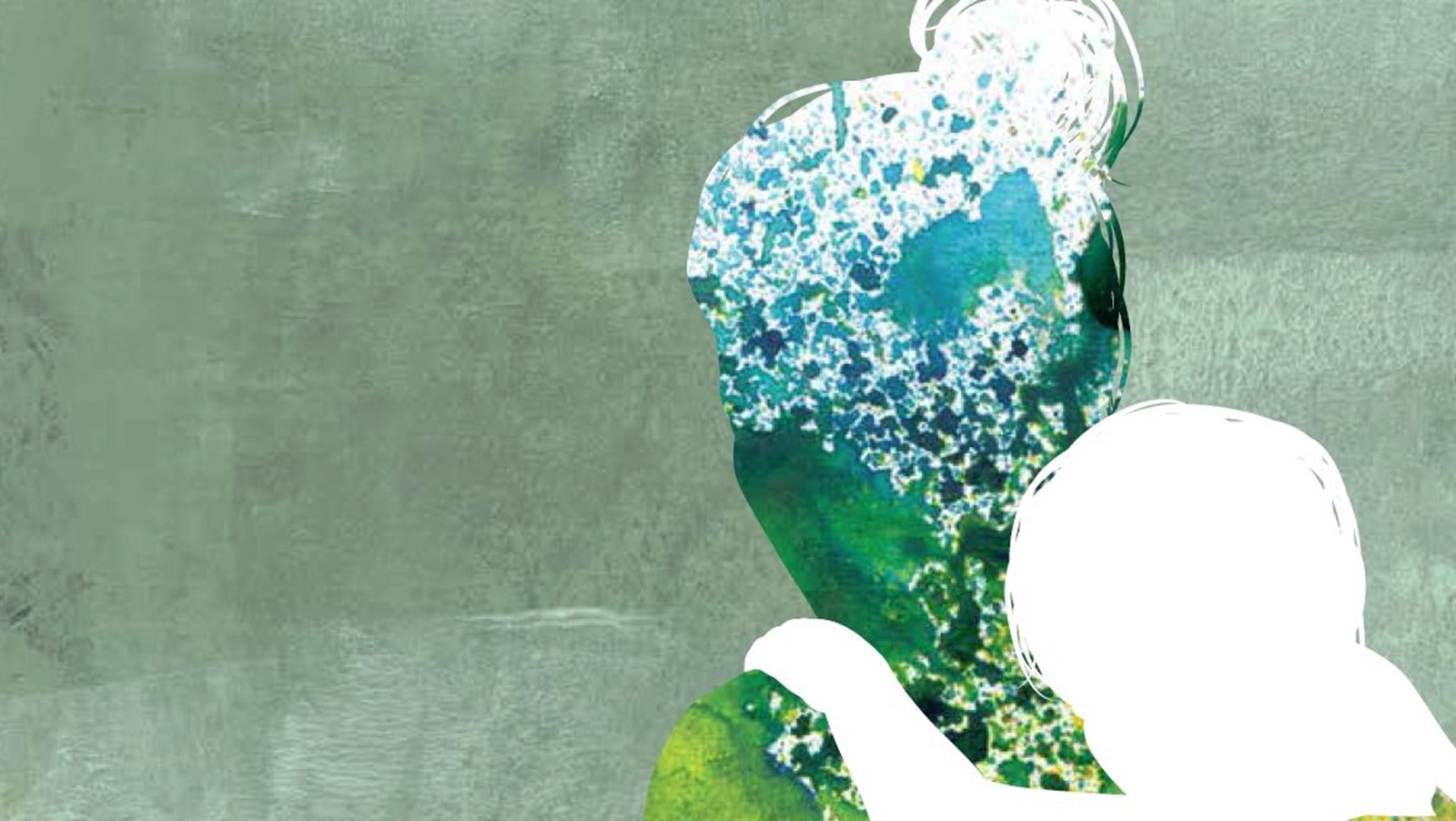One summer’s evening many years ago, I was a healthy, happy, heavily pregnant young woman eagerly expecting the arrival of her first child. Twelve hours later I was struggling to come round from the effects of a general anaesthetic, barely able to lift my arms to cradle my stillborn daughter.
In the days that followed, I found myself completely out of balance. My hospital notes said I was a mother but I had no child. The supermarket, the streets, the newspapers, the whole world seemed suddenly full of babies and heavily pregnant women. The pain of grief was palpable. I took long walks in the woods. I found contact with nature and the outside world immensely healing and grounding at a time when my world had been turned upside down. I was in a dark place and seeing things grow and flowers bloom provided some hope of brighter times to come.
Laura’s brother and sister, Zoe and Sam, have always known that they had a big sister who died. Throughout the early years of their lives, I ran a support group for other families bereaved by the death of a baby and Zoe and Sam were very aware that death happens. A big subject to handle, a difficult concept to explain! The huge range of emotions we may feel when grieving for any loss are not easy to manage – for children or for adults. It is a natural instinct to want to protect our children from pain, physical or emotional. In the case of death, this can lead to confusion. Children fare better when given honest information.
I knew this so I started to look for ways to help me talk to my children about death. And nature seemed a good place to start. I realised that so much in nature echoes the changes that happen in life. None of us can live life without change. All change implies loss and new beginnings – and this is a pattern repeated over and over in nature.
How amazing to see frogspawn turn into tadpoles that then turn into frogs! Or a grub become a caterpillar that disappears into a chrysalis out of which bursts a butterfly! Life cycles in nature can help us understand that change and loss are part of a natural order. ‘Death is a part of life is a part of death is a part of life is…’1 and so on as the circle turns. A seed becomes a plant that becomes a flower that becomes a fruit that contains the seed from which a new plant will grow. A baby becomes a child who becomes an adult who becomes an old person who will eventually die as new babies are born. The four stages of the life cycle in nature reflect the four stages of a human life.
Laura would have been 27 years old in 2014, the year that the Seeds of Hope: bereavement & loss activity book was published. If it proves to be helpful to any young child struggling with loss of any kind, then it will be a fitting tribute to Laura and her brother and sister, Zoe and Sam. The book is full of activities to encourage children to get outside and get exploring, and the aim of these is to provide structure for and clarify the grief process for a child, allowing them to see the natural process of the cycle of life in nature. The way in which a child’s journey through grief is handled will fundamentally determine how they manage all future losses in adulthood. I hope the Seeds of Hope: bereavement & loss activity book will empower children to explore their feelings in ways they can understand – by drawing, playing, exploring and above all having fun.
Caroline Jay is the author of Seeds of Hope: bereavement and loss activity book published by Jessica Kingsley Publishers in 2014.
References
1. Jay C. Seeds of Hope: bereavement & loss activity book. London: Jessica Kingsley Publishers; 2014.
